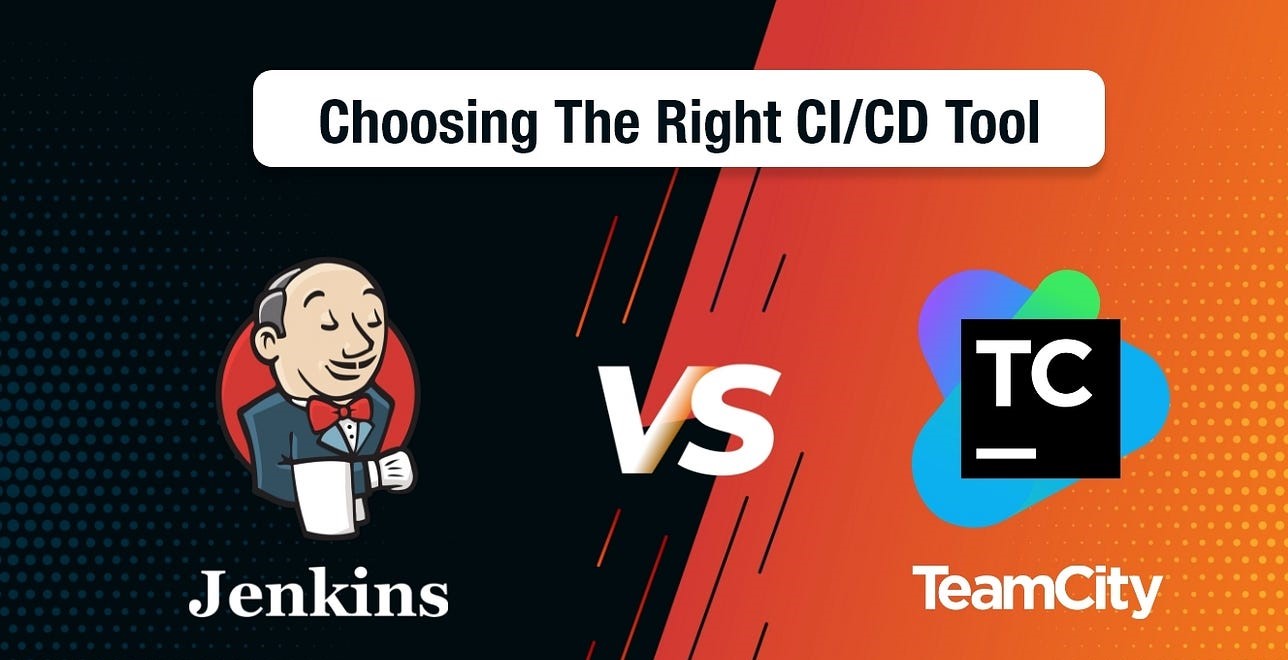In the realm of software architecture, two essential concepts often stand out: “microservices” and “APIs.” Both are integral components of modern application development, but they serve different purposes and bring unique characteristics to the table. In this blog post, we’ll delve into the world of microservices vs. APIs exploring their differences and providing valuable insights to help you determine when to use each.
Microservices Architecture
Definition: Microservices architecture is an approach to constructing applications as a network of small, independent services, each responsible for specific functions. These services communicate with each other through well-defined APIs.
Advantages:
- Scalability: Microservices allow for independent scalability, enabling efficient resource allocation based on demand.
- Flexibility: Multiple teams can work concurrently on distinct services, expediting development.
- Technology Diversity: Each microservice can utilize different technologies, empowering you to choose the most suitable tools for each task.
- Fault Isolation: In case of a failure in one microservice, it doesn’t necessarily bring down the entire application.
Challenges:
- Complexity: Managing numerous services can be complex, necessitating robust DevOps practices.
- Communication Overhead: Inter-service communication may introduce latency and complexity.
- Deployment Complexity: Coordinating updates across multiple services can be challenging.
- Testing: Testing microservices can be more intricate compared to testing a monolithic architecture.
http://informationarray.com/2023/09/16/microservices-vs-monolith-making-the-right-architectural-choice/
APIs (Application Programming Interfaces)
Definition: APIs are sets of rules and protocols that facilitate communication between different software applications. They define the methods and data formats that applications can use to request and exchange information.
Advantages:
- Interoperability: APIs enable diverse systems to work harmoniously, even if they are constructed with different technologies.
- Reusability: APIs can be reused across multiple applications, saving development time and effort.
- Simplicity: Developers can access complex functionality through APIs without the need to understand the inner workings of that functionality.
- Security: APIs provide controlled access to data and functionalities, enhancing overall security.
Challenges:
- Dependence: Relying on third-party APIs can lead to dependency on the provider’s availability and any changes made to the API.
- Versioning: Managing API versions to ensure backward compatibility can be challenging.
- Overhead: Developing and maintaining APIs can introduce additional development and maintenance overhead.
Comparison Table
| Aspect | Microservices | APIs |
|---|---|---|
| Purpose | Application development | Enabling communication |
| Granularity | Independent services | Data and functionality access |
| Scalability | Independently scalable | N/A (depends on the service using the API) |
| Development Speed | Faster for individual services | Faster integration of external functionality |
| Technology Diversity | Supports diverse tech stacks | N/A (depends on the API provider) |
| Fault Isolation | Failures can be isolated | N/A (depends on how the API is designed) |
| Complexity | Complex due to multiple services | Simpler in terms of architecture |
| Communication Overhead | Inter-service communication introduces overhead | Generally lower overhead |
| Deployment Complexity | More complex due to coordination | Easier to integrate APIs into existing systems |
| Testing | More challenging due to distribution | Easier due to centralized access points |
When to Choose Microservices or APIs?
- Choose Microservices when building a complex application with diverse functionalities that need to scale independently. Microservices provide greater flexibility but require strong DevOps practices.
- Choose APIs when you need to enable communication between different systems or when you want to leverage external functionality in your application. APIs offer simplicity, interoperability, and the ability to access external features seamlessly.
http://informationarray.com/2023/09/15/amazon-s3-vs-amazon-ebs-a-comprehensive-comparison/
Here are some FAQS based on microservices and API
Question: What sets microservices and APIs apart from each other?
Answer: Microservices and APIs are distinct concepts in software development. Microservices refer to an architectural approach where an application is divided into small, independent services that communicate via APIs. APIs, or Application Programming Interfaces, are sets of rules and protocols enabling communication between different software components. In summary, microservices use APIs for communication, but they represent different aspects of software design.
Question: Can an API be equated to a microservice?
Answer: No, an API and a microservice are not synonymous. While microservices can utilize APIs for inter-service communication, they are separate concepts. Microservices represent a specific architectural approach for building applications, while APIs are the means by which different software components communicate. Not all APIs are microservices.
Question: What distinguishes microservices and API mediums from each other?
Answer: The term “API medium” is not a standard industry term. However, if referring to the communication channels or protocols used by APIs and microservices, the difference lies in scope. Microservices use APIs to communicate with one another, and APIs can employ various mediums like HTTP, REST, or GraphQL for data transmission. Microservices represent a broader architectural concept, while API medium pertains to the specific method of data exchange employed by APIs.
In conclusion, microservices and APIs are both indispensable tools in modern software development, each serving its unique purpose. Microservices are ideal for constructing complex applications, while APIs are essential for fostering communication between systems and harnessing external functionalities. The choice should align with your project’s specific needs and objectives, and understanding when to utilize each can significantly enhance your software development journey.









